Some of the links in this post are affiliate links. This means that if you click on one of these links and make a purchase, I earn a small commission at no extra cost to you. Also, as an Amazon Affiliate, I earn from qualifying purchases. Thank you.
Having a good survival blanket can be the difference between life and death in some situations. Whether you’re exploring the outdoors or stuck in a safe room during a storm, a survival blanket may save your life.
In this post, I’ll talk about the different types of survival blankets, how they can be used, and your best survival blanket choices.
Understanding Heat Loss
Understanding heat and how it affects our body is important in understanding how different types of blankets perform.
Evaporation – This occurs when you are sweating and moisture evaporates from your skin. You can lose up to 85% of your heat sweating during intense exercise. You can also lose some heat through evaporation if your clothes get wet.
Radiation – Radiation is a common term used in phrases like “I could literally SEE the heat radiating from her body.” This type of head loss usually occurs in colder temperatures below the upper 60’s. You can lose over half your body heat in colder temperatures.
Conduction – Similar to radiation, the body loses heat through air conduction when temperatures drop into the 60’s. A good example of this is when you lay on the ground with no insulation. Your body will lose about 2% of its heat through conduction with direct ground contact, and even more in water.
Convection – Convection occurs in windy environments when heat is lost as air or wind moves over your skin. You can lose up to 15% of your body heat through convection, depending on air temperatures.
What are the Different Types of Emergency Blankets?
There are several different names for emergency blankets.
- Space Blanket
- Emergency Blanket
- Survival Blanket
- Mylar Blanket
In many cases, these are all the same blankets that have similar uses. What differentiates the types of blankets are really their use and the materials which are used to make them.
Mylar
Many Space, Emergency, or Survival blankets are made of mylar. Mylar is also known as BoPet and is basically polyester film made from polyethylene terephthalate (PET).
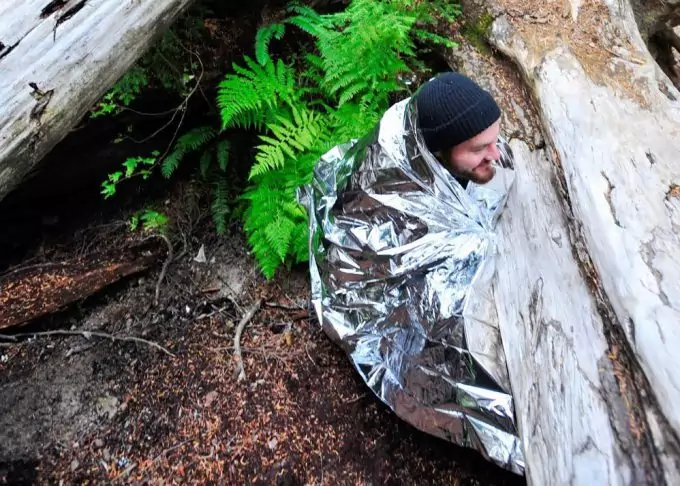
Blankets made from Mylar reflect up to 90% of your body heat and are known for their strength, durability, reflectivity, and electrical insulation, to name only a few of their characteristics.
Advantages
- Weight – Very light weight and easy to pack several in your car, pack, purse, camper, etc.
- Warmth – Reflects up to 90% of your bodie’s heat.
- Versatility – Makes a good shelter, ground tarp, vapor barrier, etc. The list gones on and on for it’s uses.
- Reflection – Can be used for emergency signaling.
- Price – Inexpensive, and can be purchased in multi-packs to you have them for any worst-case scenario.
- Waterproof – These are waterproof and windproof.
Disadvantages
- Durability – Although strong for it’s weight, it is still the least durable of all emergency blankets.
- Warmth – Don’t provide protection from ground heat loss and have very few insulating qualities. Need to have a barrier like branches, debris, leaves, etc.
- Weight – Although very light weight, you will need to carry additional blankets or sleeping bags to stay warm, so they are not that much lighter.
A good mylar blanket is lightweight and will not shred or tear if punctured. It is typically waterproof and windproof, and invaluable in emergency situations that involve extreme weather.
Wool
When people talk about Emergency blankets they are not usually talking about wool, but a good wool blanket has qualities that are invaluable in emergency situations.
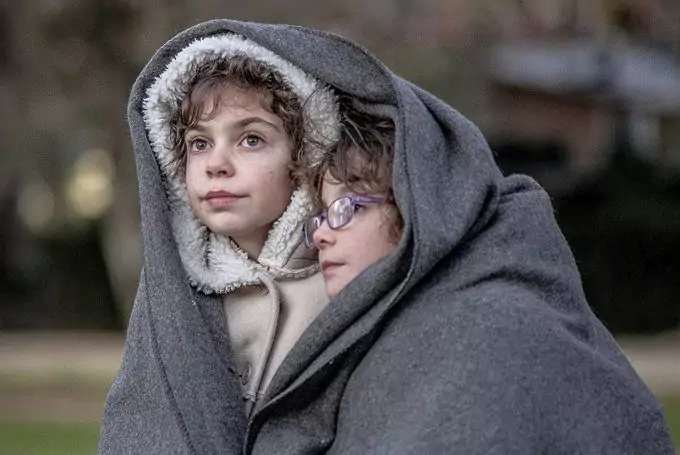
Advantages
- Water resistant – Wool is not waterproof but it is naturally water resistant and dries more quickly than cotton. It is a natural fiber with a looser weave.
- Warmth – Even when wet, wool will keep you warm. We hear this all the time, and to some extent this is true. Because it has a looser weave and is water resistant, it has more air pockets so it is warmer than cotton but still cold if saturated.
- Durability – A good wool blanket is very durable and will last you for years.
- Odor – When dirty or sweaty it naturally resists odor better than cotton and much better than synthetics. I always wear a cotton blend on long distance hikes.
Disadvantages
- Weight – Wool is heavier than mylar and fleece. When it becomes saturated it is REALLY heavy.
- Scratchy – 100% wool is scratchy unless you get very high quality merino wool. I usually look for 80% merino with a blend of longer synthetic fibers or expensive merino wool. Good wool garments and blankets will last for years.
- Moths – I have had several sweathers eaten. Take care because it is very succeptible to moth buffets.
I always wear wool base layers when traveling in the wilderness, and if I’m car camping I usually have a good wool or fleece blanket packed in the car – especially in very cold climates.
You never know when you might have a breakdown in a rural location and be stranded.
Polartec Fleece
Polartec Fleece has evolved rapidly over the past few years. In addition to being waterproof, highly water-resistant, Polartec is warm, lightweight, and very durable. Polartec can be recycled and is also used for garments.
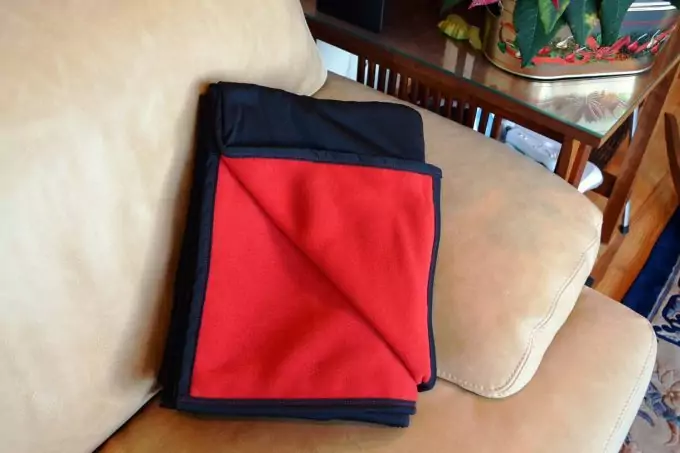
Although a small company, Mambe makes excellent blankets for both indoor and outdoor use. They are waterproof, durable, lightweight blankets that are ideal in many situations.
How Do You Use a Survival or Emergency Blanket?
There are multiple uses for an emergency blanket.
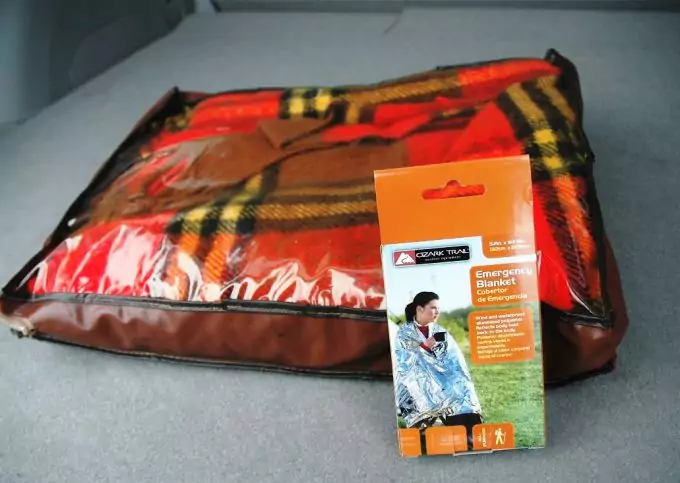
- Blanket – In an emergency situation, you can wrap yourself in an emergency blanket to prevent hypothermia. When this is needed, make sure you use branches, leaves, debris, etc., to provide insulation from the ground or snow.
- Shelter – A thicker mylar or foil emergency blanket can be used to form a shelter. This can either be a tent or part of a wall used to reflect fire heat.
- Vapor Barrier – A mylar survival blanket can be used as a vapor barrier to capture condensation for drinking. It can also be used as a vapor barrier for a shelter.
- Signaling – Emergency blankets made from mylar, or survival blankets, are quite reflective, or silver and orange in color, and can be used for signaling in emergency sitations.
- Ground Tarp – An emergency blanket won’t provide much insulation when placed directly on cold ground, but they are usually dry and will protect you from wet ground.
- Rain Gear – If you cut a head hole in a mylar blanket, it makes a very good rain poncho.
There are probably 50 more ways to use an emergency blanket. Whatever you can use a sheet of plastic for, you can probably use mylar or foil emergency survival blankets for also.
Best Survival Blankets
Over the years I have used a lot of different Survival and Emergency blankets for many different reasons. Below are the blankets I like the most. I have also listed a few good competitors for each type of Blanket.
Best Mylar Survival Blanket
Editor’s Choice

S.O.L. Survive Outdoors Longer S.O.L. Heavy Duty Emergency Blanket, 5 x 8 ft
4.5
S.O.L is often a name you hear when people discuss survival or emergency blankets. It is a little heavier than some other blankets, @ 6.6 ounces, but it is also larger and more durable. This means it is versatile, has more uses, and can be counted on in an emergency situation.
-
A very reasonable price point. -
Large size offers many uses. -
More durable than many others.
-
A little heavier than some competitors.
Shop Here
Competitors
Best Wool Survival Blanket
Editor’s Choice
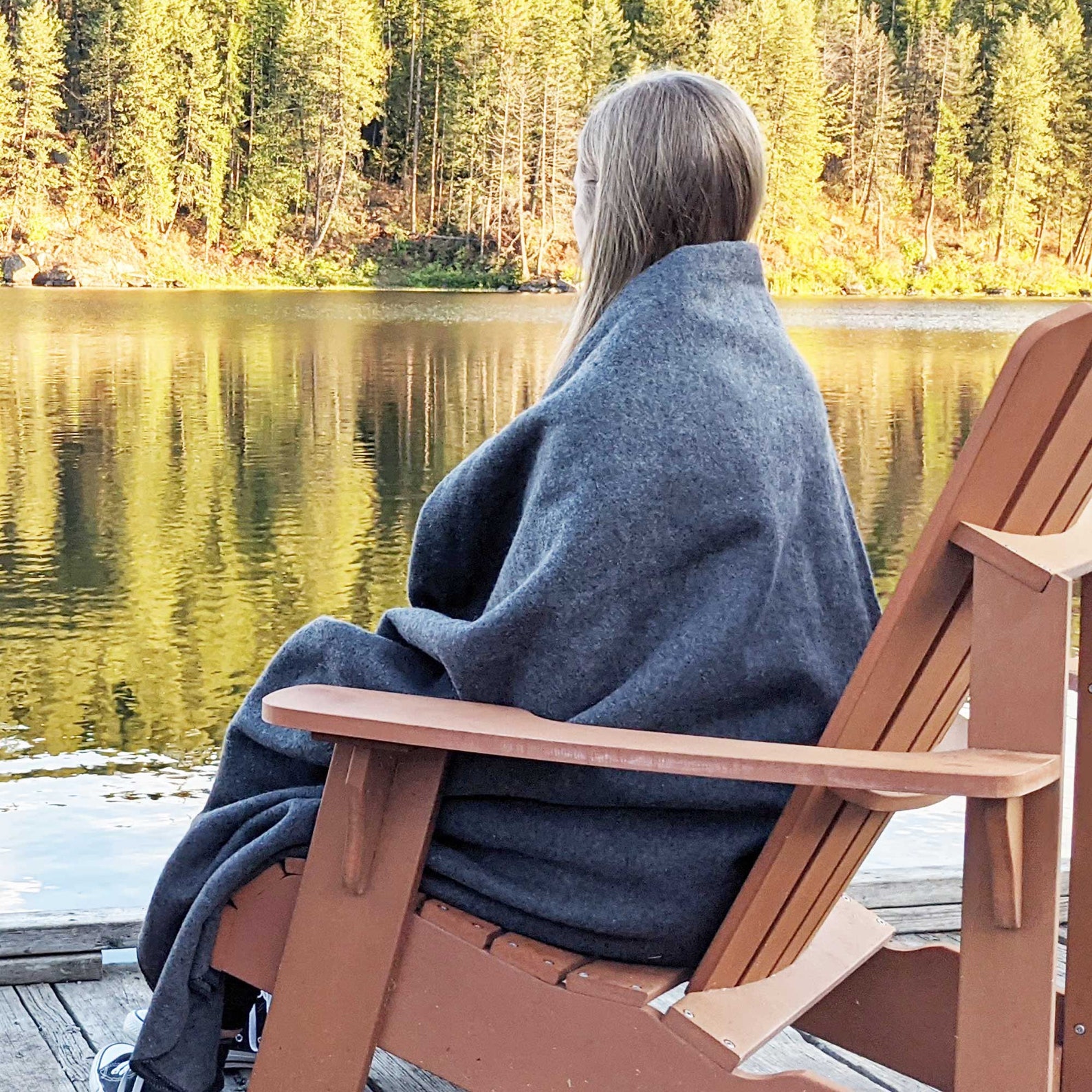
Extra Large Warm Comfortable Wool Blanket
This is a simple, quality made wool blanket by GuyTrendz that won’t break the bank. It also does not have those chemical smells you often find in some of the other mass-manufactured blankets. GuyTrendz also has some other cool survival products and gifts ideas so check them out.
-
Hand-made, quality wool blankets -
Very good price for the quality of the blanket -
A durable and rugged blanket that will last
-
A little heavier than some competitors
Shop Here
Competitors
Best Polartec Fleece Survival Blanket
Editor’s Choice

Large Essential Outdoor Blanket by Mambe
4.5
As a backup blanket for most outdoor activities, Mambe makes one of my favorites. This fleece blanket is comfortable, durable, and lightweight. It is not as itchy as wool and definitely more durable than mylar.
-
Lightweight blanket for outdoor use -
Water-proof and wind-proof nylon exterior -
Most comfortable and softest of all choices
-
Will melt if exposed to flames or embers
Shop Here
Competitors
Final Thoughts – Survival Blankets
Whether you are in the backcountry or on a long road trip through rural North Dakota, there is really no reason you should not to have an emergency blanket packed.
You can always have a wool or fleece blanket packed away in your car, and a mylar should be an essential item in your daypack. It is only 2-3 ounces and you won’t even know you are carrying it!
Related Posts




